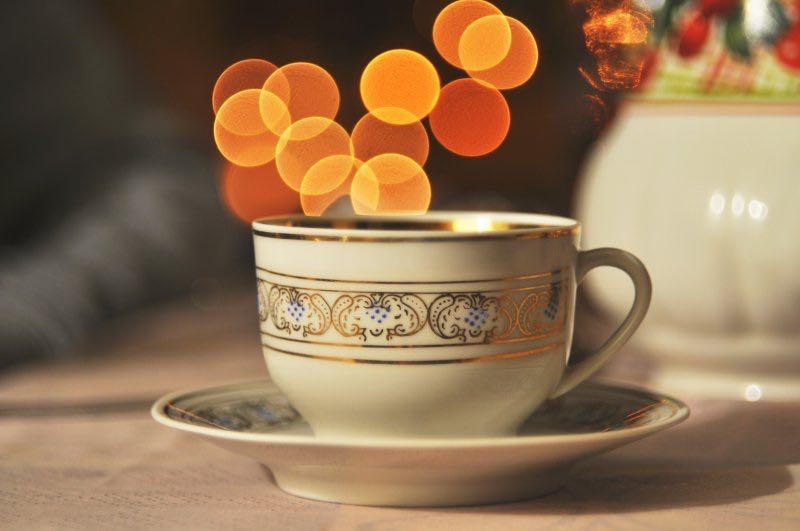One of the best ways to learn about cultures and language is through food and food vocabulary. Learning about traditional Spanish holiday food is one of the best ways to expand your vocabulary, and it’s also one of the most fun, as well! Christmas is a day that ties many countries around the world together, but the food can look quite different. Spain is all about holidays, and one of their favorites is definitely la Navidad. It’s a family centered holiday, and very much traditional in the sense that a lot of the primary focus is on the food.
It’s best to come with an empty stomach, because you’ll be rolling yourself home after stuffing your face with the delicious traditional Spanish Christmas food! Fun fact: most of Spain puts a greater emphasis on Nochebuena (Christmas Eve), while Cataluña is known for the comida they have on the actual day of Christmas, December 25.
It wouldn’t be a party without appetizers!
If you’re looking to expand your Spanish holiday food vocabulary, it’s important to take a closer look at some of the traditions. Festivities will always include aperitivos navideños, and watch out for them, because you can easily fill up on these before you even make it to la cena! Some very traditional options include plates of delicious jamón serrano and chorizo, or lovely slices of an assortment of quesos. You might also be served some aceitunas, and olives in Spain are absolutely delicious. They also combine queso de cabra with some delicious fruit concoction called membrillo. Of course, it also wouldn’t be tapas and aperitivo time without pinchos de tortilla española. All of this is always accompanied by a smooth Spanish vino, which washes all the scrumptious food down easily.
Getting to the good part – la cena!
If you managed to save room after the appetizers, you’re ready to dig into some truly amazing dishes. The centerpiece of the evening is not necessarily going to be pavo, even though it can be served as a part of dinner. Other filling, tender meats include cochinillo (suckling pig), cordero (lamb), and carne al horno (roasted beef). You might also be treated to pato (duck). Some of us might not be such a big fan of meat, but there will also usually be some mouth-watering gambas or langostinos (shrimp and prawns). Of course, it wouldn’t be dinner without some fresh pan and judías verdes con patatas (green beans and potatoes). More wine will continue to flow freely during the dinner, so pace yourself.
But wait, what about el postre?
Never fear, dessert is definitely not left out of this feast! Traditional postres navideños include the quintessential turrón, a sweet with honey and almonds, polvorones, and, of course, marzipan. Other galletas and chocolate may also be included. If you’ve not had your fill of alcohol yet, grab a glass of festive cava, Spanish sparkling wine, to accompany all the dessert your sweet tooth could desire. There will also be café for the ones in search of some post feast digestion. For some of the adults, drinking can continue with an after-dinner digestif, or perhaps a popular gin and tonic, with the gin made in Spain, of course!
A full day of celebration…
These fabulous Christmas parties can start in the late afternoon and go on to the wee hours of the morning, which explains how you can manage to consume so many plates of food and still have room for more! In many places in Spain, Nochebuena leaves you so full that on Christmas day, you will find that you don’t need to eat till the afternoon. It’s going to be a late night anyway, so take advantage of the opportunity to sleep in over your holidays.
Of course, in Cataluña, you might not feast as much on Christmas Eve, but you will get your fill of festive holiday food at la comida navideña. This features many of the dishes described above, with some notable additions that are particular to this region. Something called sopa de galets, a light broth-based soup with pasta, is traditionally served before the main course, and after delicious aperitivos that might include fuet, a cured sausage that is a specialty of the region. You might also be served lubina, a flaky white fish, as another fantastic pescatarian option. Desserts can feature a whimsical addition, the barquillos, that are tube-shaped wafer like cookies, sometimes dipped in chocolate. After a long, late lunch like this, no one will be needing dinner.
Don’t forget to thank the chef!
Whether or not you celebrate Christmas Eve or Christmas Day, you can rest assured that in Spain, food is never lacking, and is considered the highlight of the day. Families will spend the time bonding and catching up, all while staying well-fed and happy. Don’t forget to thank the chefs, who spend hours preparing all the different components of the long meals, and try to save room to taste everything. Spanish food might not be as well known outside of Spain, but it’s one of their best kept secrets.
With the traditional Spanish holiday food vocabulary learned in this article, you’ll be able to practice your language skills – while celebrating the season!
Catherine Donnelly


